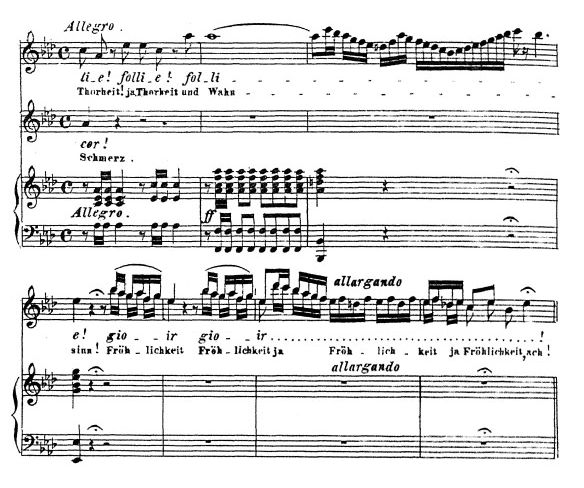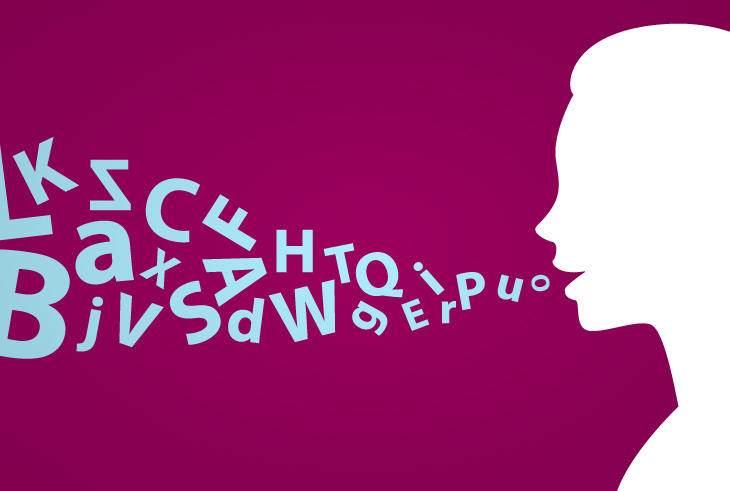
Value Of the Major Scale
One of the fundamentals of singing concerns the Major Scale.
When we first think of the major scale, we might think of the “Do, Re, Mi” song from the movie The Sound of Music. This is a good way to think about it! Practicing the major scale can be a lot of fun, especially as we become focused on good work and we begin to be able to feel new vocal sensations.
When we talk about the major scale, we are referring to the entire scale: “Do, Re, Mi, Fa, Sol, La, Ti, Do.” This works out to being 8 steps. When we talk about our vocal house analogy, then we can step backwards up this staircase and down again. Depending on exactly where we are, or what “key” we are in, then this staircase could be all in the first floor or it could be half in one floor and half in another.
We will understand this scale using “movable Do” which means that the bottom note of this scale can be moved up and down, and the other steps will then be moved up or down as well; keeping the same relationship between each of the pitches. The major scale will be what almost all vocal exercises consist of in some configuration.
We could use this scale and just sing the first five notes: “Do, Re, Mi, Fa, Sol.” Or we could use this scale to sing an arpeggio: “Do, Mi, Sol.” The different exercises are constructed to accomplish different purposes, but they are built using pieces of the major scale.
When we just sing the major scale, regardless of the specific key we are in (what pitch the bottom “Do” begins on), there are benefits.
One benefit is that by slowly stepping up and down the steps or pitches, we build muscle just like if we went to the gym and got on the stair-stepper machine. Another benefit is that if all is working better, our muscles will be learning how to coordinate with one another so we can step up and down without vocally tripping and falling. Finally, our body and our conscious mind begin to feel and understand how energy and air works to “lift” us up and down the steps, rather than us just plodding and stomping up and down the steps.
Besides being essential for training the voice, the major scale is also what most songs, especially in popular music, are constructed from. Thus, as we know the major scale, then feeling and hearing are trained which help us to pick up a song and be able to “fit right in!”
about the author
Allen Rascoe Allen has been enjoying singing since he was a little kid. He officially studied voice at ECU and USC. However, he ran... Read More

RECENT ARTICLES
-

Career Your Opportunities for a Fulfilling Career in Singing
-

Basic Skills, Beginners, Tips Tips To Improve Your Singing Voice
-

Exercises, Warmups 10 Vocal Warm-ups to Change the Way You Sing
-

Basic Skills, Beginners, Exercises, Songs, Voice Teachers, Warmups What is My Vocal Range – Identify, Master and Expand Your Range
RECENT IN KNOWLEDGE
Recent Topics
- Beginning Voice Lessons (1)
- Breathing Techniques (1)
- Confidence (1)
- Experienced Teacher (1)
- Kids Singing Lessons (1)
- Musical Career (1)
- Practice (1)
- Private Lessons (1)
- Professional Singer (2)
- Sing (1)
- Singing Teachers (2)
- Style (1)
- Teach Online (1)
- Vocal Exercises (1)
- Vocal Health (1)
- Vocal Music (1)
- Vocal Pitch (3)
- Vocal Range (4)
- Voice Coach (1)
- Voice Exercises (2)
- Voice Training (4)
- Young Vocalist (1)
Categories
- Basic Skills (7)
- Beginners (8)
- Career (2)
- CCM (1)
- Contemporary Commercial Music (1)
- Crossing Over (1)
- Exercises (2)
- Online Lessons (3)
- Online Voice Lessons (1)
- Songs (2)
- Students (6)
- Tips (4)
- Vocal Coaches (1)
- Voice Teachers (2)
- Warmups (2)
Testimonials

















